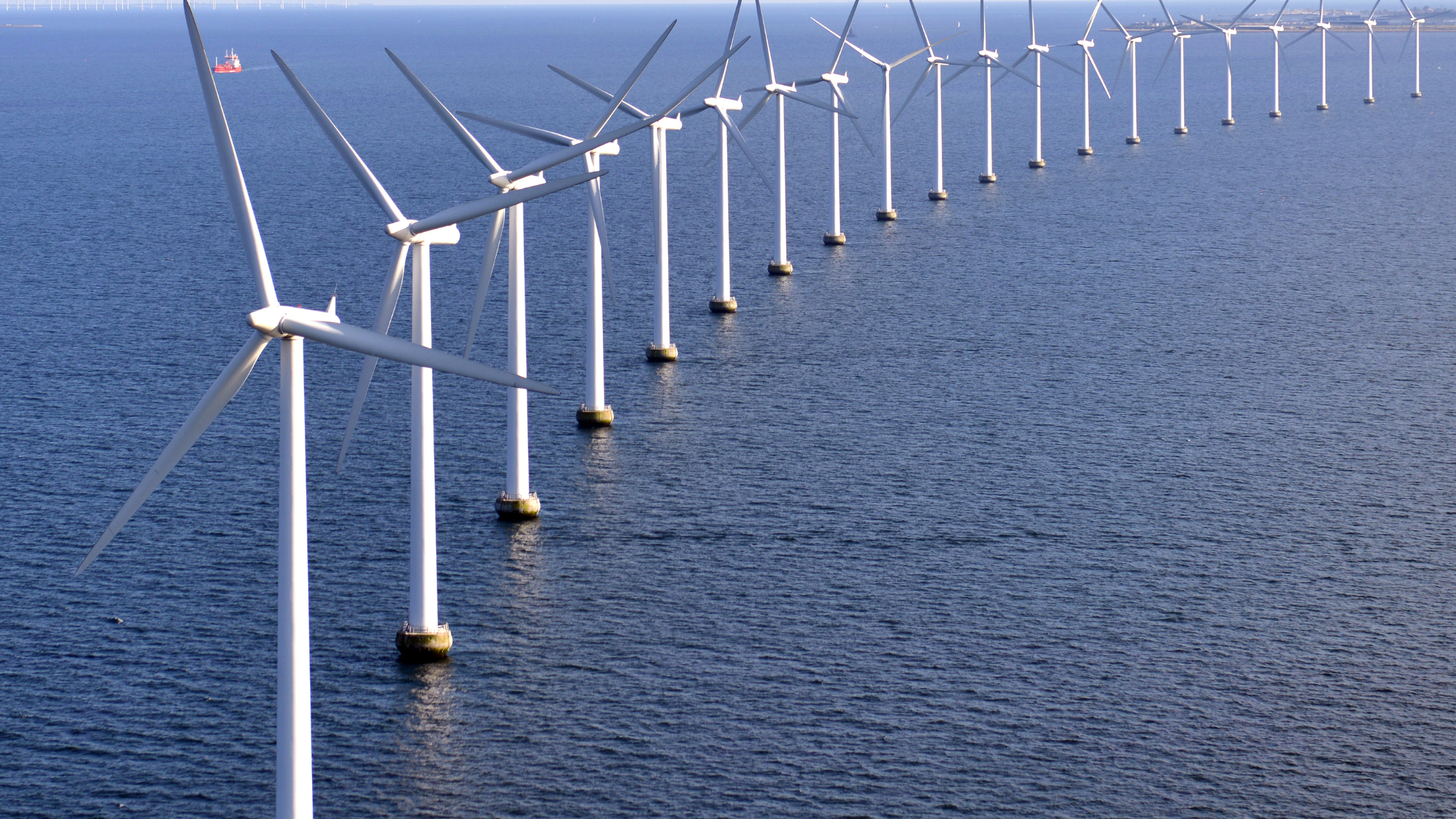The U.S. energy grid is often overtaxed—and sometimes undermaintained—but new technologies are helping to change the old power systems. Energy companies are becoming more efficient, safer, and profitable through the Industrial Internet of Things, sensor technology, Clean Hydrogen, and business management platforms built for the energy sector.
6 ways technology is helping improve the energy sector
1. Industrial Internet of Things (IIoT) helps automate tasks and avoid human error
By automating manual tasks through IIoT devices, energy companies are reducing human mistakes and boosting productivity. They’re increasing the efficiency of their operations and gaining actionable data that can be used for decision-making.
2. Sound business decisions are based on accumulated data
Sensors collect data and analytics throughout an energy company’s infrastructure networks. This information can be used to predict maintenance needs, weak points, and more—and it’s one of the most reliable ways for companies to make sound decisions.
3. Offloading from offshore wind helps build stronger grid connections
Offshore wind farms are prevalent on the East Coast of the U.S., and they can generate vast amounts of power—but that power must be offloaded to the grid for use. To do so, energy companies must improve infrastructure and methods of regulating flow.
4. Real-time monitoring and sensors are streamlining energy company operations
Triax uses IIoT sensors to collect and send data into the platform’s cloud-based software, allowing users to get real-time information on onsite work.
Pain points that slow productivity can be identified and analyzed, equipment use can be tracked, and speedier evacuations and responses can be orchestrated through the platform.
Live alerts, site-wide notifications, real-time monitoring for emergency evacuations, and more information can be amassed through Triax’s platform.
5. Costly utility strikes during construction are being avoided.
The Common Ground Alliance (CGA), a national nonprofit trade association, estimates $30 billion in societal costs from damage to communities’ critical underground infrastructure. Facility repair, property damage, medical expenses, and business closures are some factors accounting for those costs.
According to CGA, an underground utility strike occurs every 62 seconds in the U.S., but one software platform uses energy-tailored technology to decrease the incidence of strikes.
ProStar’s platform was developed for contractors doing subsurface utility work. The cloud-based system means data is always accessible. Employees can create an accurate record of site conditions, which can reduce labor hours.
Government agencies, including the Colorado Department of Transportation, are increasing the use of ProStar.
ProStar’s PointMan tool allows users to add data from GPS or locator devices into the system. Collecting and arranging all pertinent information related to a project and connecting it with a GPS or locator device provides safer worksites and decreases contractor and utility company losses due to utility strikes.
6. The energy sector is modernizing operations, partly with help from Clean Hydrogen
Clean hydrogen helps modernize the energy sector, especially in decarbonizing heavy industry and fueling fleets. It’s also being used to produce construction materials and other products. It aligns with various government decarbonization goals and offers a cleaner source for consumers.
“Clean hydrogen represents a pivotal shift towards decarbonization that can be used across various sectors, including process heat and steam, transportation, and industrial processes,” said Leigh D’Angelo, Manager of PR for Modern Hydrogen. “The appeal of clean hydrogen lies in its ability to produce energy without emitting CO2.”
Modern Hydrogen’s role in greening the energy sector is through methane pyrolysis technology and the on-site production of clean hydrogen from natural gas. It also produces hydrogen and captures solid carbon for use in construction materials.
The company has raised $100M from Bill Gates and industry leaders. Its recent $32.8 million Series B-2 financing round was supported by NextEra Energy, Miura, and National Grid Partners. The company even teaches the oil industry about product creation.
“Our approach avoids the need for extensive new infrastructure, thereby offering a pragmatic and cost-effective pathway to adopting clean hydrogen,” D’Angelo said. “We use the carbon that has been stripped from natural gas in asphalt. Modern Asphalt has sequestered carbon in it, uses less oil than conventional asphalt, and performs better across a larger range of temperatures.”
Over time, North America will need to rebuild its electricity grid, especially if governments want greater integration with renewable energy technologies. In the U.S., many people already are working on this problem.
“Due to the intermittent nature of power output from wind and solar, combined with more variable demand (especially as we see increased levels of electric vehicles), it will become necessary to modernize the grid with improved techniques for sensing, communication, and control of grid resources,” said Joseph Paladino, Senior Advisor for the U.S. Department of Energy’s Office of Electricity. “Currently, states and regions are working on their grid investment strategies to enable the application of these renewable resources.”



4 comments